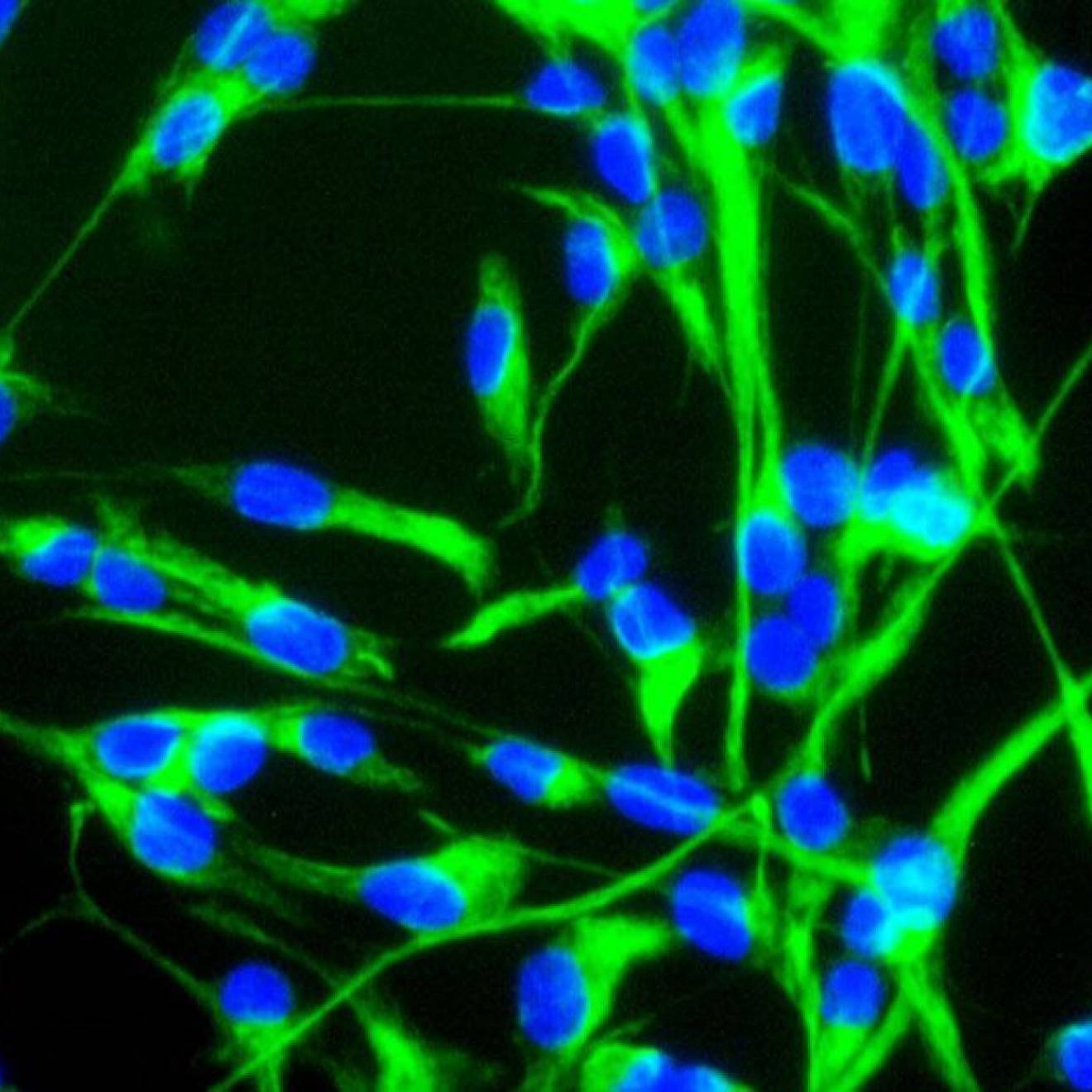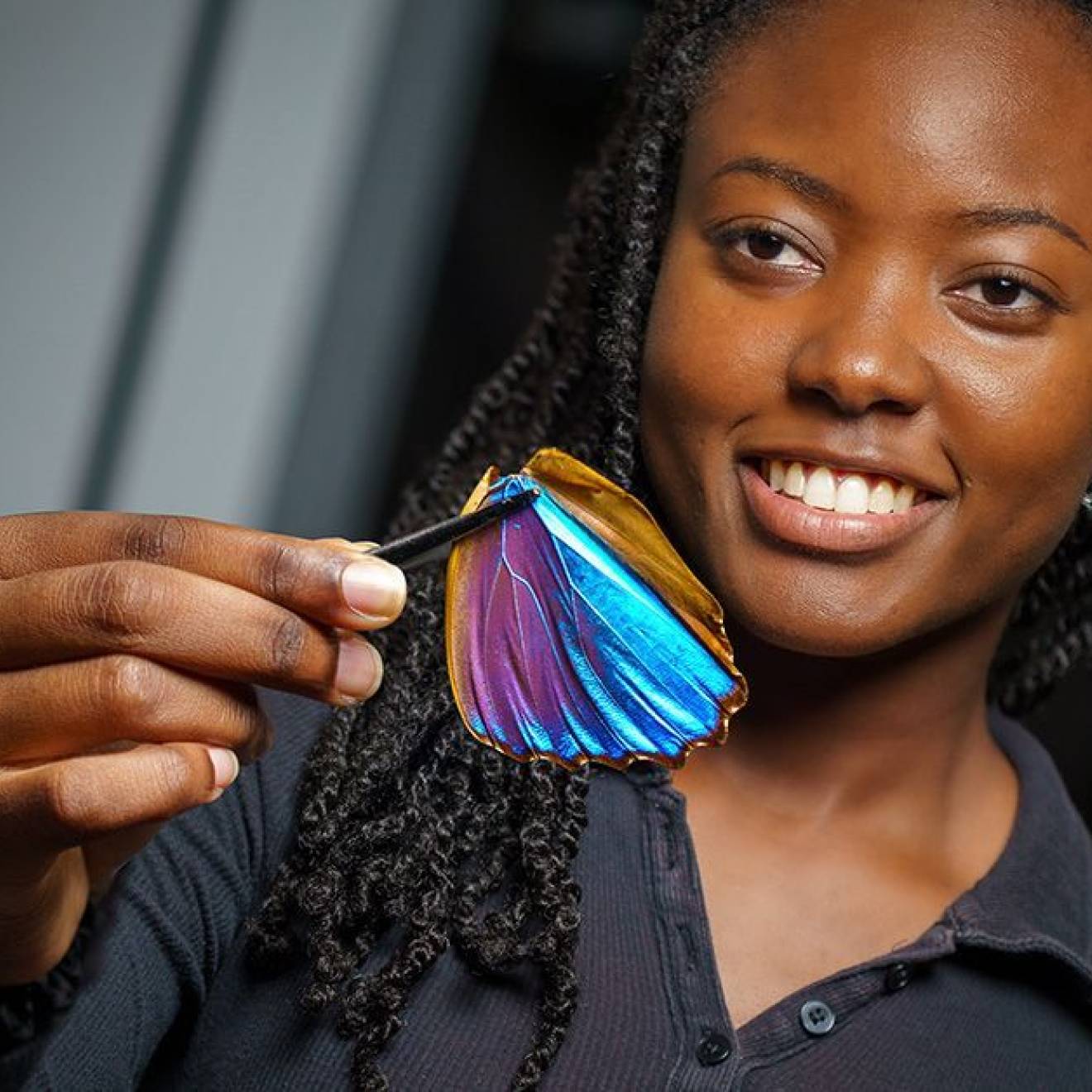James Leonard, UC Merced
A third of all humans carry the parasite that causes toxoplasmosis — a disease commonly associated with cats, HIV-AIDS patients and pregnant women — with scientists long believing healthy immune systems control the parasite and prevent the disease from emerging. But new research by professor Kirk Jensen of the University of California, Merced, shows the parasite might be more dangerous than previously believed.
In a paper published today (Feb. 24) in mBio — an open-access journal presented by the American Society for Microbiology — Jensen shows that secondary exposure to most parasite strains found in South America can lead to uncontrolled infection and disease, which in humans can cause severe congenital infection or lesions in the retina and brain.
“There are a few strains of the Toxoplasma parasite present in North America and Europe, but in South America, there are many strains,” said Jensen, a professor in the university’s School of Natural Sciences. “We found these South American strains are really good at evading the immune system.”
After an initial infection, the immune system is typically primed and ready to protect against repeat offenses by the same parasite or disease. This is how vaccines protect humans from infectious diseases like measles. However, Jensen said, “There are known cases where pregnant women who were seropositive — and therefore should have been protected from toxoplasmosis — developed congenital infection following travel to South America.”
Toxoplasma is a pathogen that is acquired orally, typically by eating undercooked meat or through interaction with cat feces, such as through garden soil contaminated by stray cats. According to the Centers for Disease Control, more than 60 million people in the U.S. carry the Toxoplasma parasite, but few develop toxoplasmosis because of the immune system’s response.
Pregnant women and those with compromised immune systems, however, are much more prone to toxoplasmosis, which is considered to be a leading cause of death attributed to foodborne illness in the United States. The CDC has targeted toxoplasmosis as a “Neglected Parasitic Infection” requiring public health action.
Jensen said that in a person with a healthy immune system, the single-cell Toxoplasma parasite is blocked from replicating by T-cells. But the more virulent South American parasites can evade T-cells by injecting specialized “antagonizers” into cells. The body begins to create too many active T-cells, which can kill the host by causing excessive inflammation, so it turns off its own immune response. This allows the parasite to further replicate and toxoplasmosis to take hold.
Now that he’s found secondary toxoplasmosis infection is possible, Jensen said the next step is to prevent the immune system from shutting down its response to the parasite — but to do so without putting the infected host in danger. A similar approach has been used to successfully stop the spread of cancer in melanoma patients, he said.
“You’re basically telling the immune system to respond against its will, but you have to do that without going too far,” he said. “Right now, the big thing in the news is cancer immune therapy — telling the immune system to turn itself back on and attack the cancer. Why not try that for Toxoplasma, or for other dangerous pathogens that we cannot vaccinate against or easily treat?”

